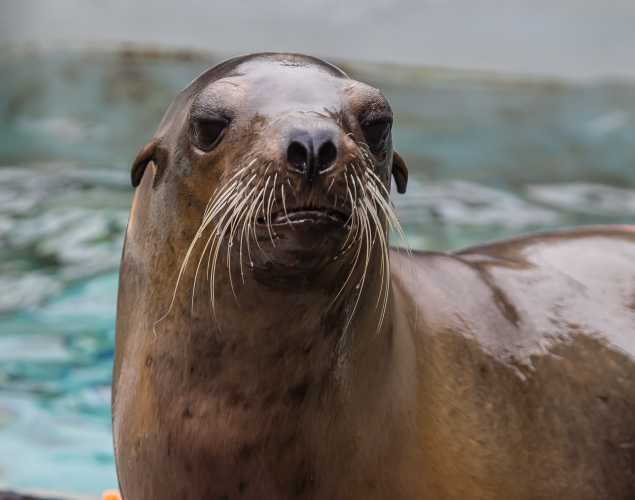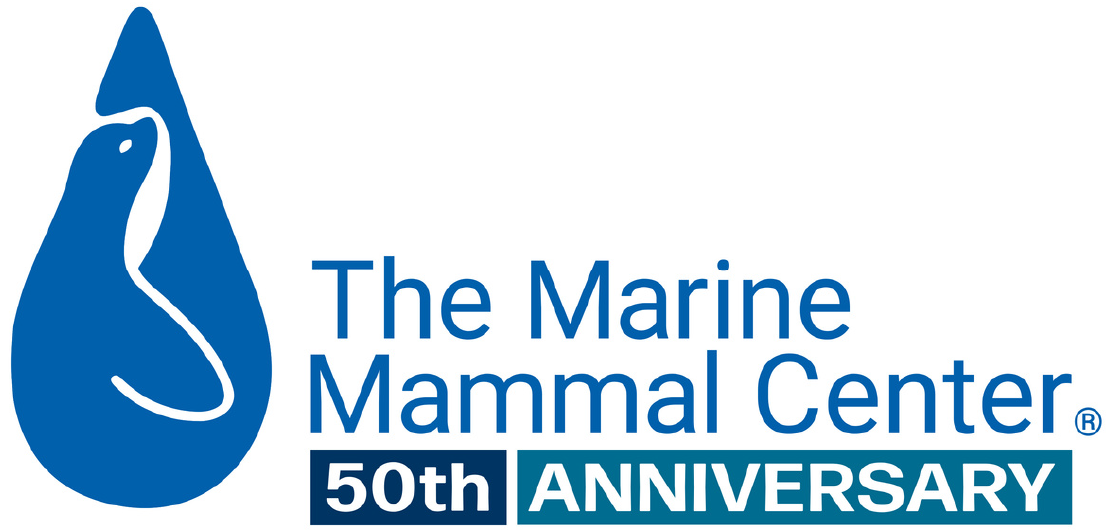
Contaminant Exposure and Herpesvirus Associated with Cancer in Wild Sea Lions
- Cancer
- Herpesvirus
- Pollution
Abstract
The prevalence of cancer in wild California sea lions (Zalophus californianus) is one of the highest amongst mammals, with 18–23% of adult animals examined post-mortem over the past 40 years having urogenital carcinoma. To date, organochlorines, genotype and infection with Otarine herpesvirus-1 (OtHV-1) have been identified in separate studies using distinct animals as associated with this carcinoma. Multi-year studies using large sample sizes to investigate the relative importance of multiple factors on marine mammal health are rare due to logistical and ethical challenges. The objective of this study was to use a case control approach with samples from 394 animals collected over 20 years in a multifactorial analysis to explore the relative importance of distinct factors identified to date as associated with sea lion cancer in the likelihood of sea lion carcinoma. Stepwise regression indicated that the best model to explain carcinoma occurrence included herpesvirus status, contaminant exposure, and blubber depth, but not genotype at a single microsatellite locus, PV11. The odds of carcinoma was 43.57 times higher in sea lions infected with OtHV-1 (95% CI 14.61, 129.96, p < 0.001), and 1.48 times higher for every unit increase in the loge[contaminant concentrations], ng g–1 (an approximate tripling of concentration), in their blubber (95% CI 1.11, 1.97, p < 0.007), after controlling for the effect of blubber depth. These findings demonstrate the importance of contaminant exposure combined with OtHV1 infection, in the potential for cancer occurrence in wild sea lions.
Gulland, F., Hall, A., Ylitalo, G.M., Colegrove, K., Norris, T., Duignan, P.J., Halaska, B., Acevedo-Whitehouse, K., Lowenstine, L.J., Deming, A.C. and Rowles, T.K., 2020. Persistent Contaminants and Herpesvirus OtHV1 are Positively Associated with Cancer in Wild California Sea Lions (Zalophus californianus). Frontiers in Marine Science, 7, p.1093.
Related Publications
{"image":"\/Animals\/Wild\/Other species\/river-otter-shutterstock.jpg","alt":"river otter","title":"Cancer in Wild River Otters","link_url":"https:\/\/www.marinemammalcenter.org\/publications\/cancer-in-wild-river-otters","label":"Research Paper"}

{"image":"\/Animals\/Wild\/California sea lion\/cropped-images\/sea-lion-mom-pup-shutterstock-338-0-3131-2446-1603926801.jpg","alt":"California sea lion mom and pup","title":"Effects of In Vitro Exposure to PCBs on California Sea Lions","link_url":"https:\/\/www.marinemammalcenter.org\/publications\/effects-of-in-vitro-exposure-to-pcbs-on-california-sea-lions","label":"Research Paper"}

{"image":"\/Animals\/Patients\/California sea lions\/cropped-images\/csl-resting-c-the-marine-mammal-center-605-0-3523-2751-1603927376.jpg","alt":"California sea lion resting on the pen floor with a young sea lion in the background","title":"Prevalence of Cancer in Stranded California Sea Lions (2005-2015)","link_url":"https:\/\/www.marinemammalcenter.org\/publications\/prevalence-of-cancer-in-stranded-california-sea-lions","label":"Research Paper"}

{"image":"\/Animals\/Wild\/California sea lion\/cropped-images\/csl-monterey-photo-c-bill-hunnewell-1984-1534-1582-1236-1603927643.jpg","alt":"Group of sea lions on a rock","title":"No Evidence that Cancer in Sea Lions Is Spread Through Clonal Transmission","link_url":"https:\/\/www.marinemammalcenter.org\/publications\/no-evidence-that-cancer-in-sea-lions-is-spread-through-clonal-transmission","label":"Research Paper"}

Related News
{"image":"\/Places\/Coastal landscapes\/cropped-images\/shutterstock_palos verdes ddt-0-1-1270-992-1728333594.jpg","alt":"view of Palos Verdes coastline","title":"Newsweek: Toxic Contamination in Our Oceans Can Reach Our Kitchen Tables | Opinion","link_url":"https:\/\/www.marinemammalcenter.org\/news\/newsweek-opinion-toxic-contamination-in-our-oceans-can-reach-our-kitchen-tables","label":"In the News","date":"2024-10-07 02:00:00"}

Newsweek: Toxic Contamination in Our Oceans Can Reach Our Kitchen Tables | Opinion
October 7, 2024
Read More{"image":"\/Places\/Coastal landscapes\/cropped-images\/underwater-barrel-shutterstock-328-0-4424-3456-1651790853.jpg","alt":"rusty barrel underwater and covered with algae","title":"The Hill: 'Under the Sea, Out of Mind' Has Turned Into a Ticking Time Bomb","link_url":"https:\/\/www.marinemammalcenter.org\/news\/the-hill-under-the-sea-out-of-mind-has-turned-into-a-ticking-time-bomb","label":"In the News","date":"2022-05-03 02:00:00"}

The Hill: 'Under the Sea, Out of Mind' Has Turned Into a Ticking Time Bomb
May 3, 2022
Read More{"image":"\/Animals\/Patients\/California sea lions\/cropped-images\/csl-by-bill-hunnewell-c-the-marine-mammal-center-2-0-1031-1794-1401-1603916128.jpg","alt":"California sea lion","title":"Spectrum News 1: California Sea Lions Dying from Cancer at Alarming Rates, Researchers Demand Action","link_url":"https:\/\/www.marinemammalcenter.org\/news\/spectrum-news-california-sea-lions-dying-from-cancer-at-alarming-rates-researchers-demand-action","label":"In the News","date":"2022-01-24 01:00:00"}

Spectrum News 1: California Sea Lions Dying from Cancer at Alarming Rates, Researchers Demand Action
January 24, 2022
Read More{"image":"\/Animals\/Patients\/California sea lions\/cropped-images\/csl-by-bill-hunnewell-c-the-marine-mammal-center-0-0-3110-2430-1639515407.jpg","alt":"California sea lion","title":"AP News: Banned Decades Ago, PCBs Still Posing Threat to Wildlife","link_url":"https:\/\/www.marinemammalcenter.org\/news\/ap-news-banned-decades-ago-pcbs-still-posing-threat-to-wildlife","label":"In the News","date":"2021-12-13 01:00:00"}

AP News: Banned Decades Ago, PCBs Still Posing Threat to Wildlife
December 13, 2021
Read More
